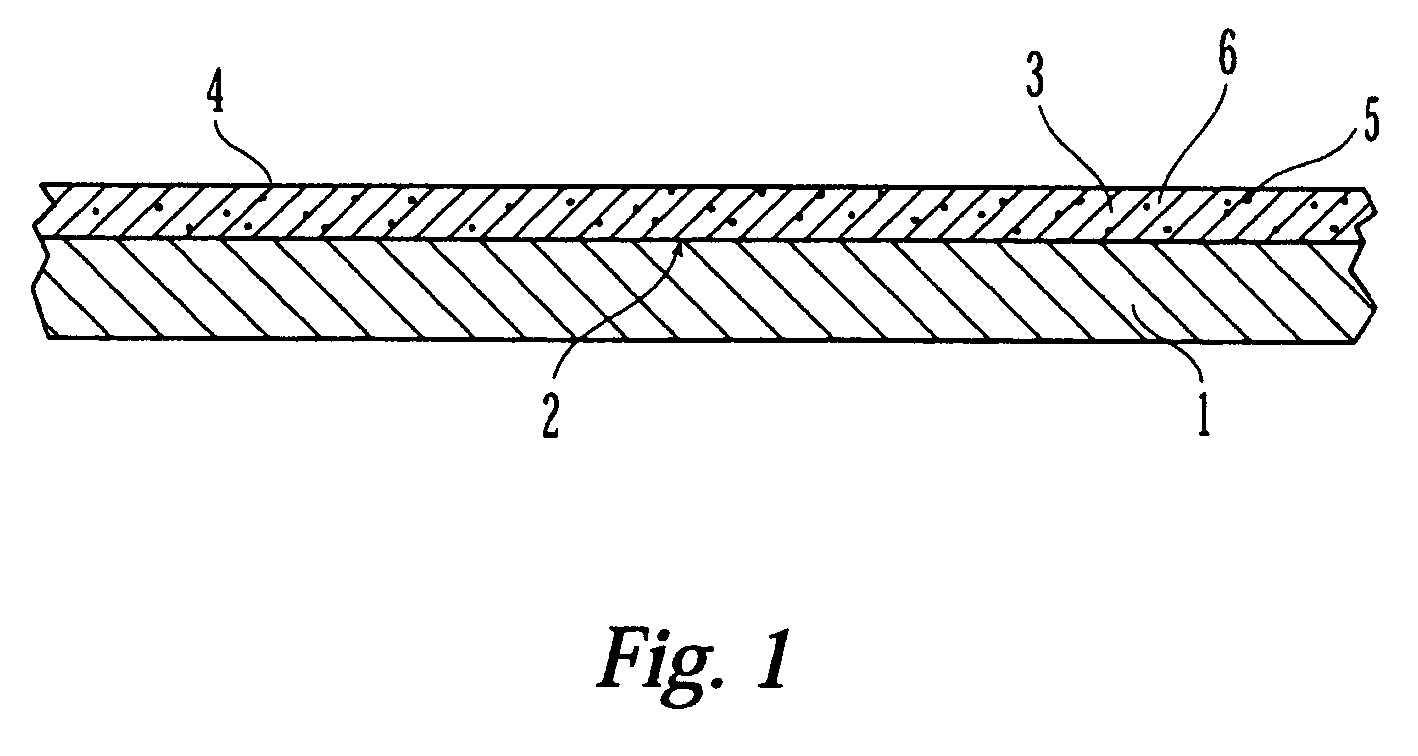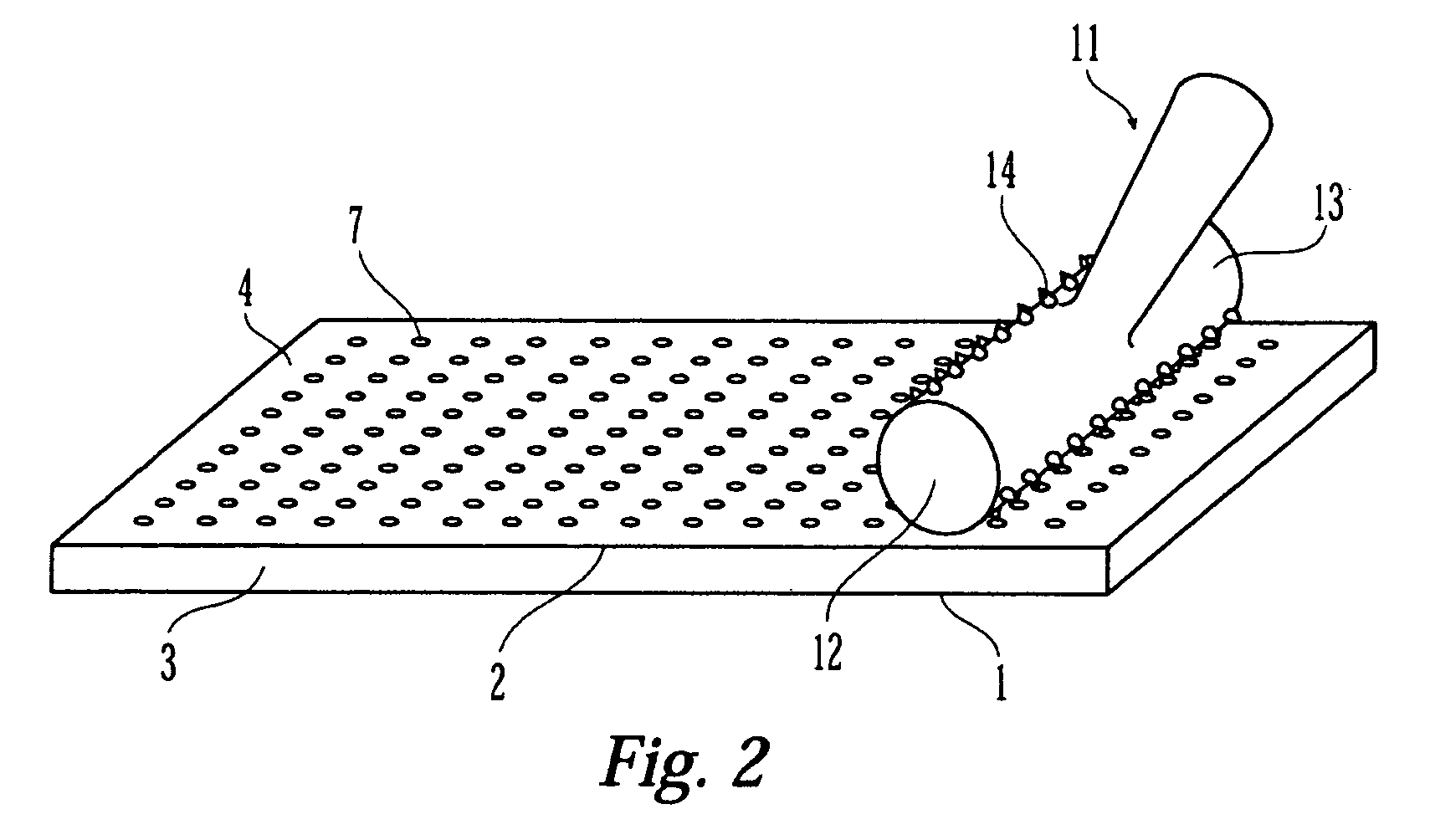Coated medical device having an increased coating surface area
- Summary
- Abstract
- Description
- Claims
- Application Information
AI Technical Summary
Benefits of technology
Problems solved by technology
Method used
Image
Examples
example 1
[0072] A stent coated with a paclitaxel and polymer formulation was first prepared using a standard coating process. The coated stent was then manually prickled using a needle tipped probe. The indentations were approximately the thickness of the coating layer and extended to the stent surface. To aid the manual prickling process, a fixture was manufactured where multiple spring loaded multi-point needle probes were aligned side by side. An example is shown in FIG. 15 that shows three spring loaded probes placed side by side. Each of the three probes in FIG. 15 has three rows of three needle tips each. FIG. 11 is an SEM image of the stent after prickling.
example 2
[0073] A stent coated with a paclitaxel and polymer formulation was first prepared using a standard coating process. The coated stent was then manually prickled using the needle tipped probe described in Example 1. The indentations were approximately the thickness of the coating layer and extended to the stent surface. FIG. 12 is an SEM image of the stent after prickling.
example 3
[0074] A stent coated with a paclitaxel and polymer formulation was first prepared using a standard coating process. The coated stent was then manually prickled using the needle tipped probe described in Example 1. The indentations were approximately the thickness of the coating layer and extended to the stent surface. FIG. 13 is an SEM image of the stent after prickling.
[0075]FIG. 14 is a normalized graph showing how prickling of the coating of the above three Examples affects the release profile of the drug, relative to coated stents whose coatings were not prickled. The coated stents whose coatings were prickled released more drug over a given time period.
PUM
| Property | Measurement | Unit |
|---|---|---|
| Thickness | aaaaa | aaaaa |
| Size | aaaaa | aaaaa |
| Shape | aaaaa | aaaaa |
Abstract
Description
Claims
Application Information
 Login to View More
Login to View More - Generate Ideas
- Intellectual Property
- Life Sciences
- Materials
- Tech Scout
- Unparalleled Data Quality
- Higher Quality Content
- 60% Fewer Hallucinations
Browse by: Latest US Patents, China's latest patents, Technical Efficacy Thesaurus, Application Domain, Technology Topic, Popular Technical Reports.
© 2025 PatSnap. All rights reserved.Legal|Privacy policy|Modern Slavery Act Transparency Statement|Sitemap|About US| Contact US: help@patsnap.com



